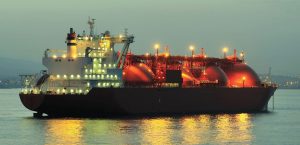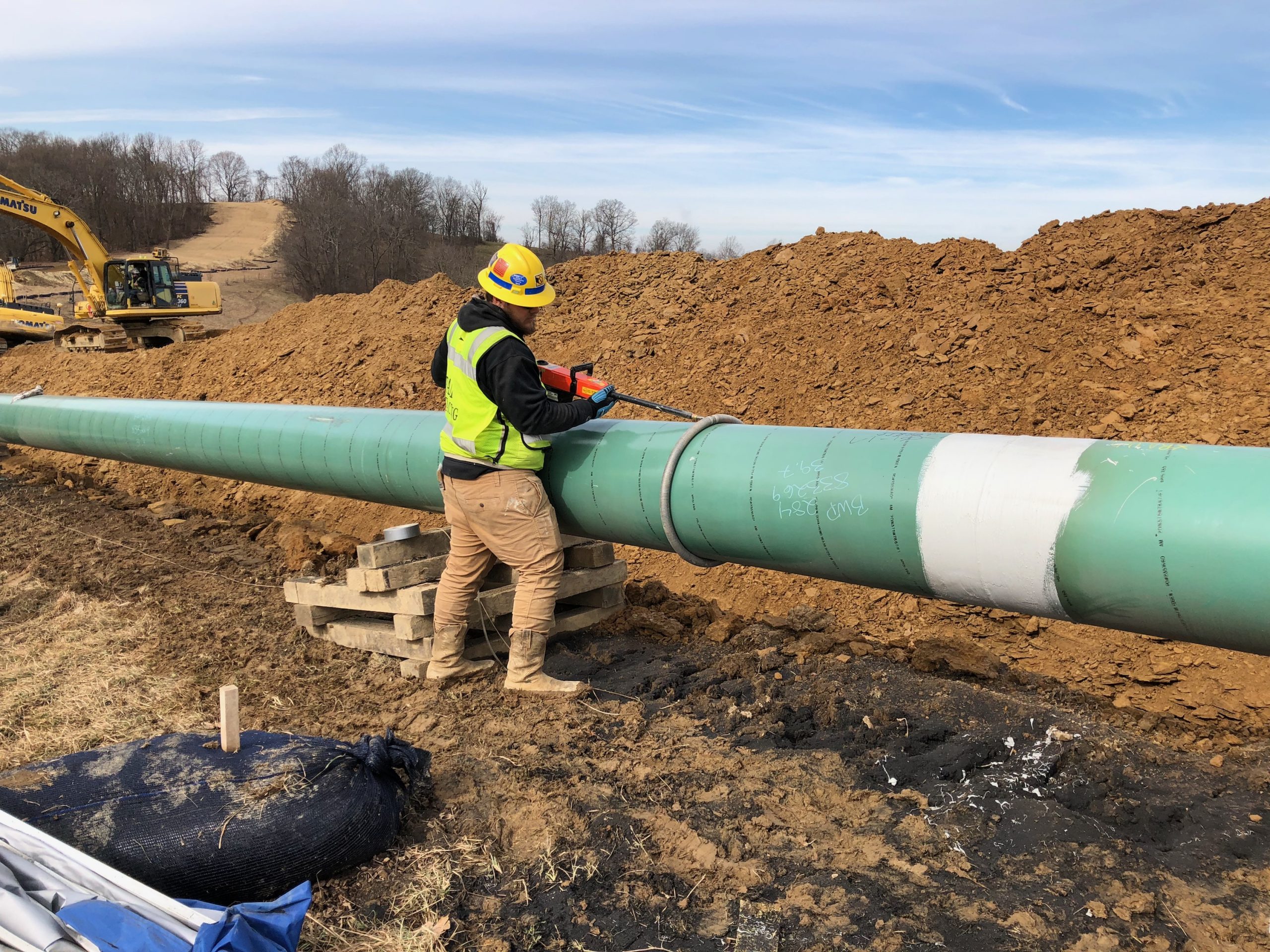Rising natural gas prices heading into the winter heating season underscore the importance of energy infrastructure, sustained domestic production, and U.S. LNG exports. Total demand for natural gas will reach about 111.9 billion cubic feet of natural gas per day (bcf/d) this winter, slightly higher than the three-year average of 109.9 bcf/d, according to projections made by the Natural Gas Supply Association’s annual Winter Outlook.
While rising demand is one factor at play in the national benchmark pricing uptick, natural gas, just like any commodity, can experience price swings influenced by varying factors, including supply and demand, weather conditions, and regulatory climate. In Europe, government policies strongly favoring intermittent renewables coupled with low wind output have played significant roles.
These price swings are generating uncertainty and impacting energy consumers across the globe, particularly so in Europe and Asia. But the U.S., as the world’s top oil and gas producer, is much more insulated from pricing and challenges than the rest of the world due to our abundance of resources beneath our feet.
Enhancing domestic energy infrastructure – primarily LNG export facilities and pipelines – is key to easing these worldwide supply constraints.

Domestically, U.S. start-of-winter storage inventory is forecasted at 3.6 tcf, slightly below the 5-year working average, but well within the minimum and maximum range, according to NGSA’s analysis. The organization projects 13 bcf/d to be withdrawn from storage, amounting to approximately 2 tcf total across the winter months.
In short, the U.S. has ample storage supply and production capacity to meet project winter demand, according to the analysis.
Yet, the analysis shows supply is growing modestly year-over-year. When viewed over the longer-term, the U.S. shale revolution has generated years of annual energy savings for homeowners, businesses and manufacturers.
For some Pennsylvania households, those savings amount to $2,400 on average annually, according to MSC analysis of Public Utility Commission data dating back to 2008.
Those are meaningful energy savings that’s driven long-term economic growth across our sector. Considering where delivered Pennsylvania residential natural gas prices ranged in the early 2000s – ~$12 – $25 / mcf – today’s pricing remains more than half of what it once was.
Through 2021, natural gas production in Appalachia remains strong, with Pa. averaging 18 active rigs this month and topping 20 bcf/d of production. Paired with increases in associated gas from Permian crude oil drilling, as well as production from the Haynesville, “storage is starting to recover,” Charif Souki, Executive Chairman of Tellurian said in a weekly podcast, “and by the spring prices in the U.S. will be coming down again.”
Key factors contributing to the short-term price uplift include supply and demand imbalance, pipeline infrastructure constraints, limited LNG capacity growth, and nearsighted government policies that pick energy winners and losers.
“The key to easing that is we need more pipeline infrastructure and LNG terminals, two things that have been extremely difficult to get built based on regulatory and environmental activism,” EQT Corp. CEO Toby Rice told the Business Times this week.
Pipeline capacity constraints hold back production, depress in-basin pricing and prevent northeast and southeast consumer access to the world’s most prolific natural gas area. Appalachian producers also realize a discount on NYMEX pricing because of a lack of takeaway capacity.
According to NGSA’s analysis, six of seven planned interstate pipeline projects to move nearly 6 bcf/d of natural gas to New England and Southeastern U.S. markets have been cancelled or put on hold.
“Significant pipeline projects that have either been shut down by federal action or by private interest, that impacts the ability to get natural gas where it’s needed,” MSC’s Callahan told FoxBusiness. “Those impacts can be seen in higher utility bills.”
In fact, natural gas constraints in New York and across New England cost consumers an estimated $1.8 Billion over just one month in 2014, according to a Carnegie Mellon University study.
Increased pipeline capacity paired with LNG export growth along the Gulf Coast and eastern Pennsylvania, connects U.S. producers to new energy markets, encouraging further production and increased supply. Bringing more supply to the market – as we saw in the early 2010s – puts downward pressure on prices, enabling the U.S. to deliver affordable energy at home and abroad.
“We in America would build a set of natural gas liquefaction terminals to export our natural gas because we are the Saudi Arabia of natural gas,” NYT Columnist Tom Friedman tells CNN. “In fact, we have more than the Saudi Arabia of natural gas. But if you can’t liquefy it, you can’t export it.”
Energy policy choices absolutely impact supply, demand and the ability to meet growing energy needs. As energy production and consumption evolves, smart policies that recognize the fundamental, basic human need for reliable, affordable energy can avert disruptive price spikes and the challenges playing out in Europe and Asia.





